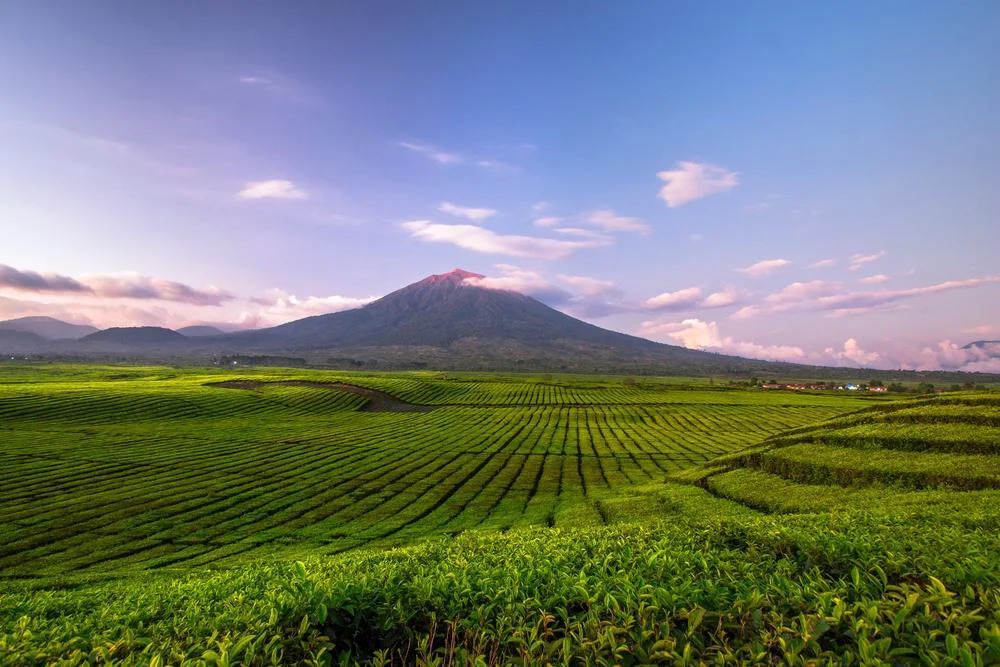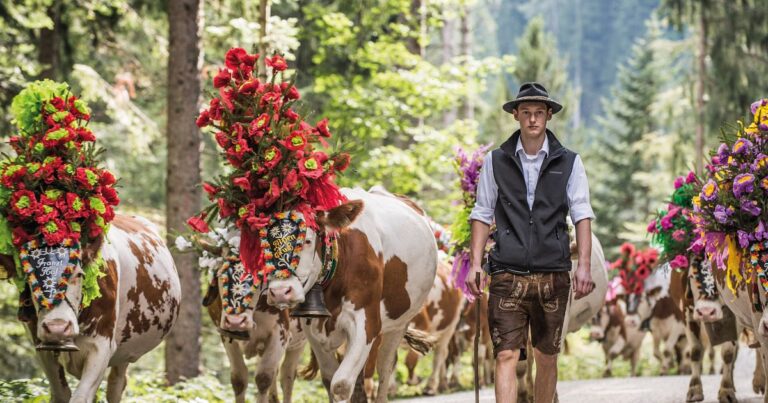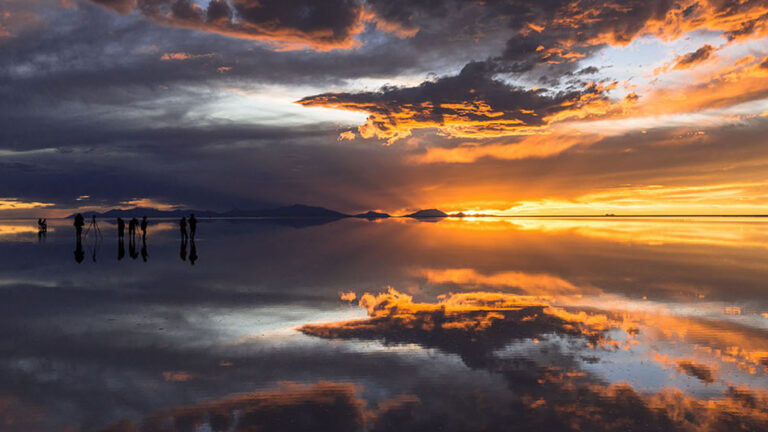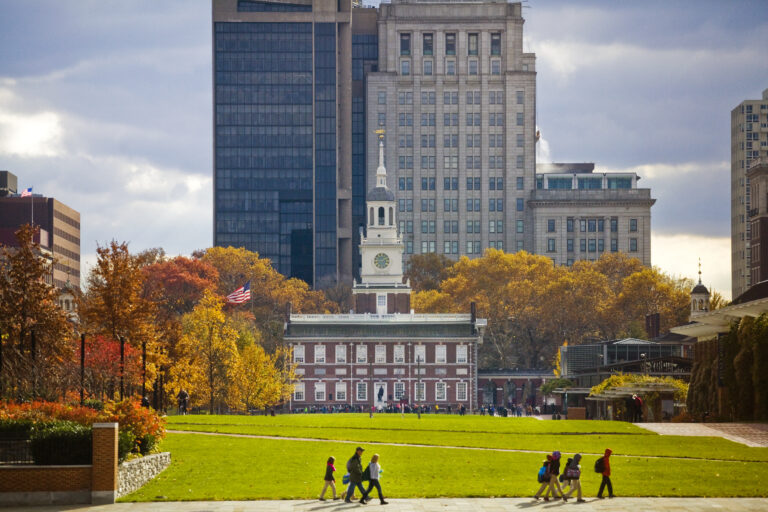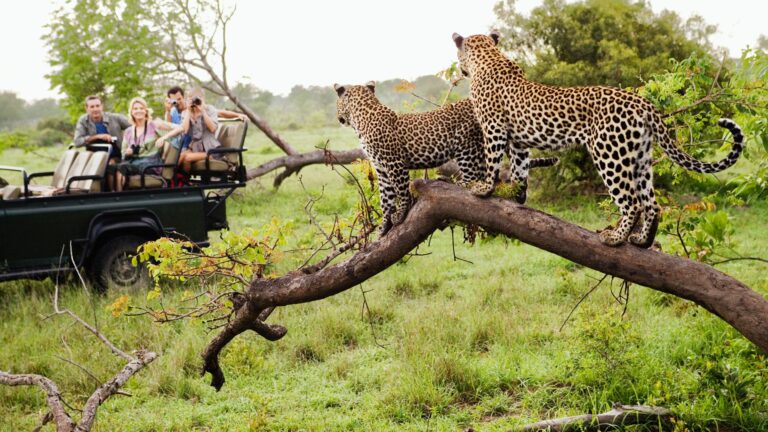Mount Kerinci Indonesia’s Majestic Volcano Adventure
Mount Kerinci isn’t your average hike. It’s wild, remote, unpredictable, and utterly breathtaking. Rising 3,805 meters above sea level, this smoking giant is the highest volcano in Indonesia and the tallest peak on the island of Sumatra.
Tucked inside Kerinci Seblat National Park, a UNESCO World Heritage site, Mount Kerinci offers a unique blend of adventure and pristine natural beauty. It’s not just a mountain climb, it’s a deep dive into one of Southeast Asia’s richest ecosystems.
For those seeking a real adventure far from crowded tourist paths, Kerinci delivers raw beauty and the kind of peace only remote mountains can offer.
Where Is Mount Kerinci Located?
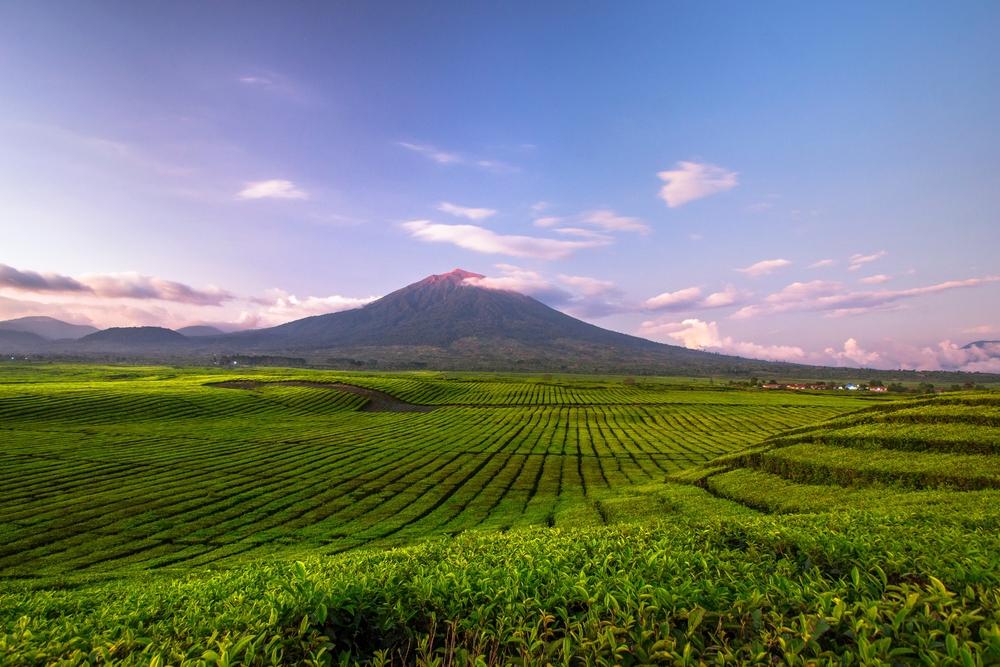
Mount Kerinci sits on the border between Jambi and West Sumatra, in western Indonesia. It’s part of the long Barisan Mountain range, a volcanic spine that stretches down Sumatra like the island’s rugged backbone.
The closest gateway town is Sungai Penuh, but most trekkers start from Kersik Tuo, a quiet village at the base of the volcano surrounded by vast tea plantations.
You can reach the area via a seven-hour drive from Padang Airport (Minangkabau International Airport). It’s a journey through twisting mountain roads, passing rice fields, waterfalls, and misty valleys that hint at what awaits at higher elevations.
Once you arrive, the massive silhouette of Kerinci dominates the horizon, its slopes shrouded in cloud and mystery.
A Volcano with a Story

Kerinci isn’t just a natural wonder; it’s alive, and locals treat it with both respect and awe.
Geologically, it’s an active stratovolcano that last erupted in 2009. Minor ash emissions still occur from time to time. But beyond the science, the mountain holds deep cultural significance.
For local communities, Kerinci is a sacred place of ancestral spirits and old myths. Climbers are often reminded to stay humble and show respect to the environment. Locals believe arrogance toward nature can “awaken” the mountain in unwanted ways.
The balance of geology and spirituality gives Kerinci a kind of energy that’s both thrilling and humbling.
The Climb: What Awaits You

Trekking Mount Kerinci isn’t a simple stroll. It’s tough, raw, and rewarding. Here’s what a typical expedition looks like:
-
Duration: Usually 2 days and 1 night (some do it in 3 for a slower pace).
-
Start point: Kersik Tuo village (around 1,400 m).
-
End point: Summit crater rim (3,805 m).
-
Total elevation gain: ~2,400 m.
Day 1: Through the Jungle
You’ll begin by walking through plantations, then enter dense rainforest. The air grows cooler, and the path becomes steeper.
Expect mud, roots, leeches, and mis. This is tropical trekking at its purest. Along the trail, you’ll pass shelters named by their elevation (Shelter 1, 2, 3). Camp is usually set up at Shelter 3 (3,100 m) for the night.
At dusk, the jungle quiets down except for the occasional rustle of wildlife, as a reminder that you’re deep inside one of the wildest forests in Southeast Asia.
Day 2: The Summit Push
Pre-dawn, trekkers wake up around 2 a.m. with headlamps and warm layers for the final ascent. The trail shifts from forest to volcanic gravel and scree. The last 300 meters are steep and cold, but once you reach the rim, the view is unforgettable.
You’ll look down into Kerinci’s active crater, a gaping, sulfur-fuming pit, and across endless layers of forest. On a clear morning, you can even glimpse the Indian Ocean to the west.
It’s both terrifying and beautiful, a true once-in-a-lifetime scene.
The Natural Wonders of Kerinci Seblat National Park
The trek up Kerinci passes through one of the planet’s richest biodiversity hotspots, Kerinci Seblat National Park, which covers nearly 14,000 square kilometers of forest.
It’s home to:
-
Sumatran tigers, one of the last remaining tiger subspecies.
-
Asian elephants, clouded leopards, tapirs, and sun bears.
-
Hundreds of bird species, including the Schneider’s Pitt, are found almost nowhere else.
-
Lush vegetation, from moss-covered trees to giant ferns and orchids.
This makes the climb more than a physical challenge; it’s a journey through a living museum of evolution.
Even if you never spot a tiger (which is likely since they’re extremely shy), the knowledge that they roam nearby adds a sense of magic and danger to the forest.
Local Life Around the Mountain
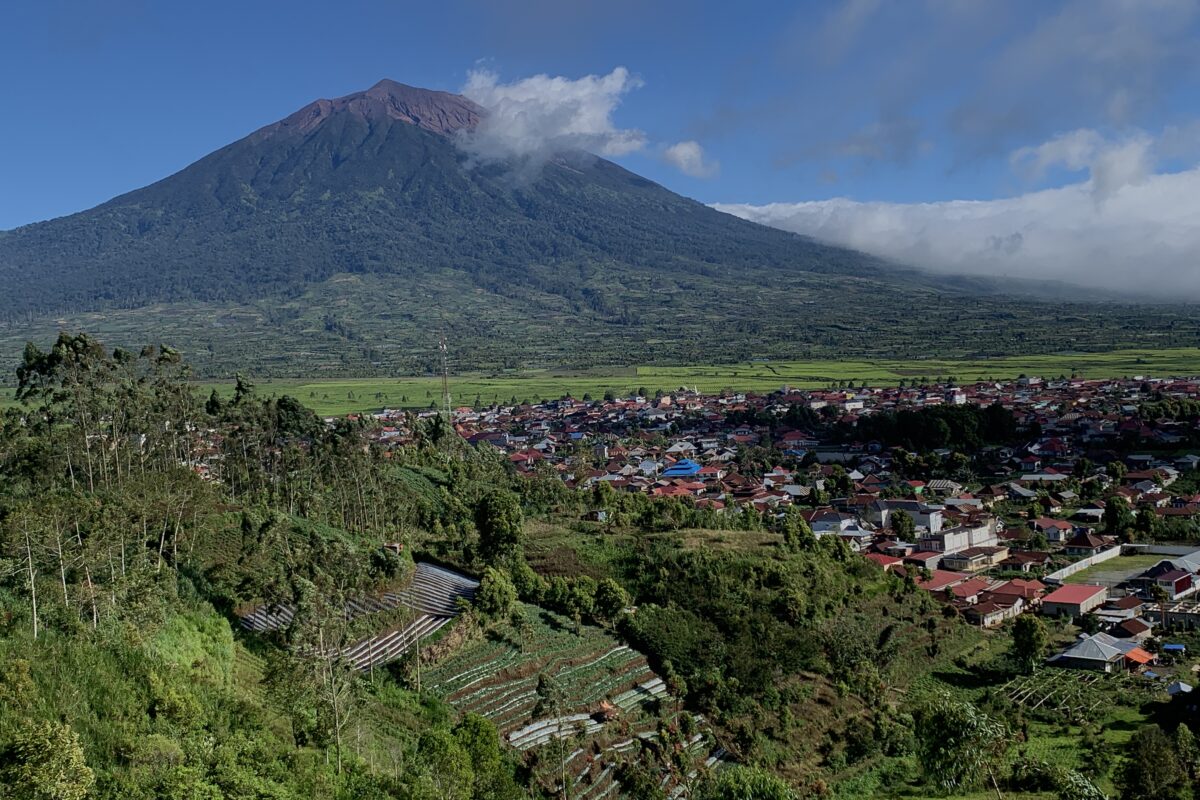
The region around Mount Kerinci is home to traditional villages that have lived alongside the mountain for generations.
The people of Kayu Aro and Kersik Tuo are mostly farmers, growing tea, coffee, and cinnamon. The Kayu Aro Tea Estate, established during Dutch colonial times, is one of the highest tea plantations in the world.
Travelers often visit to see how tea leaves are hand-picked, dried, and brewed while surrounded by panoramic green hills.
Hospitality here feels genuine. Locals often offer visitors coffee or warm tea while sharing stories about the volcano’s past eruptions. It’s an experience that adds cultural depth to the adventure.
Getting There and Practical Tips

Mount Kerinci’s remoteness is part of its charm, but it means logistics require planning.
-
How to get there: The easiest route is flying to Padang (West Sumatra), then taking a private car or shared minivan (6–8 hours) to Kersik Tuo.
-
Permits: Climbers must register at the national park office and usually need a licensed guide.
-
Accommodation: Basic guesthouses in Kersik Tuo provide meals and hot showers. Don’t’t expect luxury, but it’s comfortable enough.
-
Best season: June to October (dry season) offers clearer weather and safer trails.
-
Fitness level: Intermediate to advanced; good stamina is essential.
Pack light but wisely: rain gear, warm clothing for the summit, trekking shoes, gloves, headlamp, snacks, and enough water.
Safety, Guides, and Conservation

Because Mount Kerinci sits inside a protected ecosystem, guiding and park rules are strict, and that’s a good thing.
Hiring local guides isn’t just about safety, but it also supports the local economy and ensures the park remains sustainable. Experienced guides know the trail conditions, weather shifts, and emergency procedures.
Be mindful of the Leave No Trace principle: pack out all your waste, avoid loud noises, and stay on the main trail to prevent erosion.
Climbing responsibly helps preserve this rare wilderness for future travelers and for the wildlife that calls it home.
Other Things to See Around Kerinci

When you’ve conquered the summit and caught up on sleep, there’s plenty more to explore nearby.
-
Kerinci Lake (Danau Kerinci): The largest freshwater lake in Sumatra, surrounded by misty hills and small fishing villages.
-
Tea Plantations of Kayu Aro: A sea of green leaves stretching as far as you can see.
-
Waterfalls: Hidden gems like Telun Berasap and Depati Seven Falls plunge through thick jungle.
-
Bukit Tapan: A scenic mountain pass where you can spot monkeys and exotic birds along the road.
-
Local markets: Try cinnamon, honey, and coffee, ee all grown in the Kerinci highlands.
These attractions give you a reason to linger longer instead of rushing back after your climb.
Why Mount Kerinci Is Worth the Effort

Mount Kerinci may not be as famous as Bali’s Mount Agung or Java’s Mount Bromo, but that’s exactly its charm. It’s untouched, uncommercialized, and still feels like true wilderness.
Here, you’re not following a line of hundreds of hikers; you’re forging your own path through cloud forests and volcanic rock. You’re earning every view, every sunrise, every memory.
It’s a journey that demands respect, endurance, and humility but rewards you with unmatched beauty and solitude.
For trekkers seeking a challenge that feels authentic rather than packaged, Mount Kerinci might just be the most rewarding climb in Indonesia.
Final Thoughts

Mount Kerinci isn’t a climb for everyone, but for those who dar;, it offers an experience that’s raw, natural, and unforgettable.
From dense rainforests echoing with bird calls to the sulfur-rimmed crater at sunrise, every step feels like stepping deeper into Indonesia’s untamed heart.
This mountain teaches patience, respect, and endurance, but above all, it reminds you why wild places still matter.
If you’re chasing adventure, not comfort and silence ot,cro, Mount Kerinci should be your next summit.

